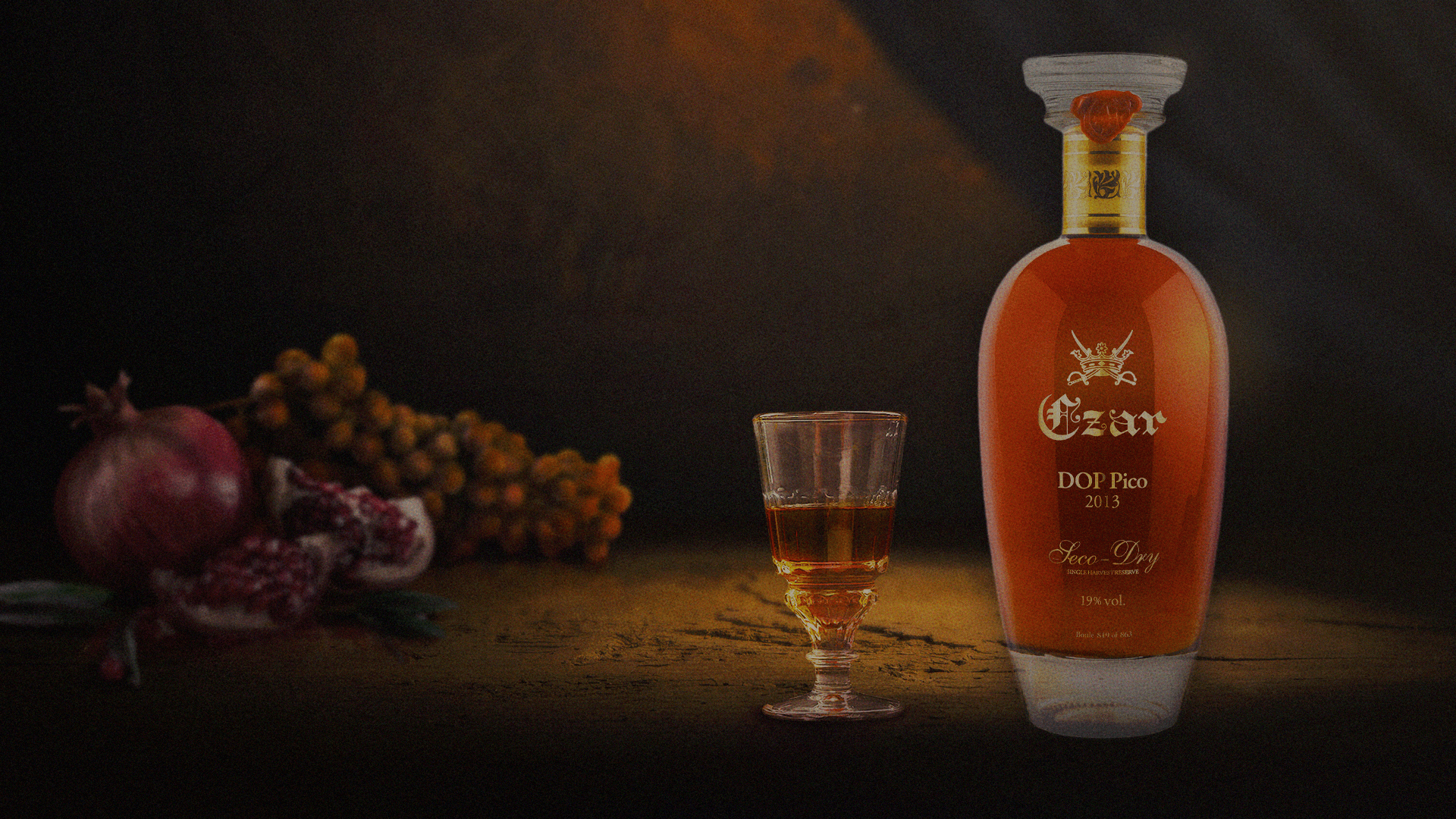

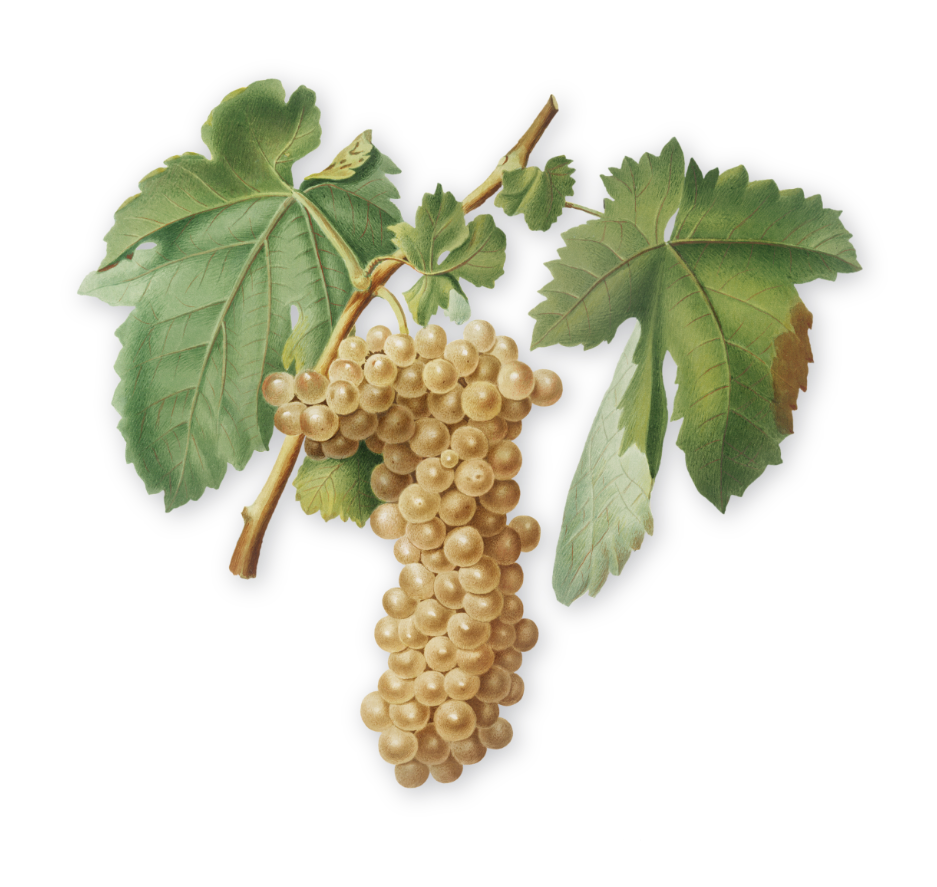
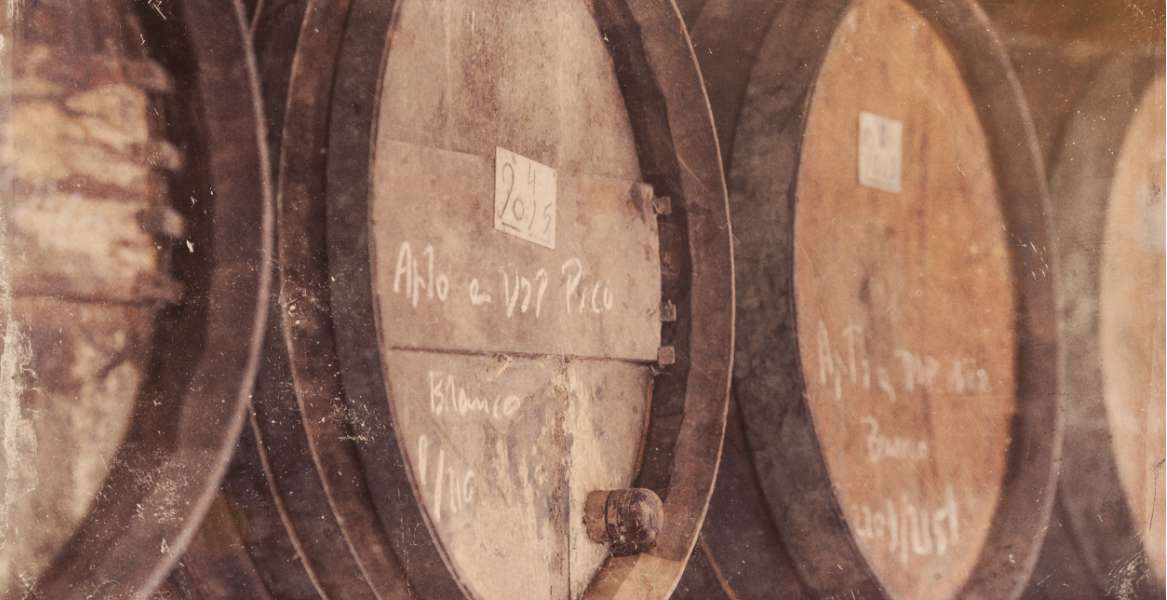
Coming from hand-picked grapes between rock crevices and labyrinthine stone corrals, Czar naturally reaches more than 18% alcohol by volume.
This is due to the peculiar characteristics of the grapes, the type of volcanic soil, the indigenous yeasts, and the defoliation carried out a few days before the late harvest, a process that helps to over-ripen the grapes.
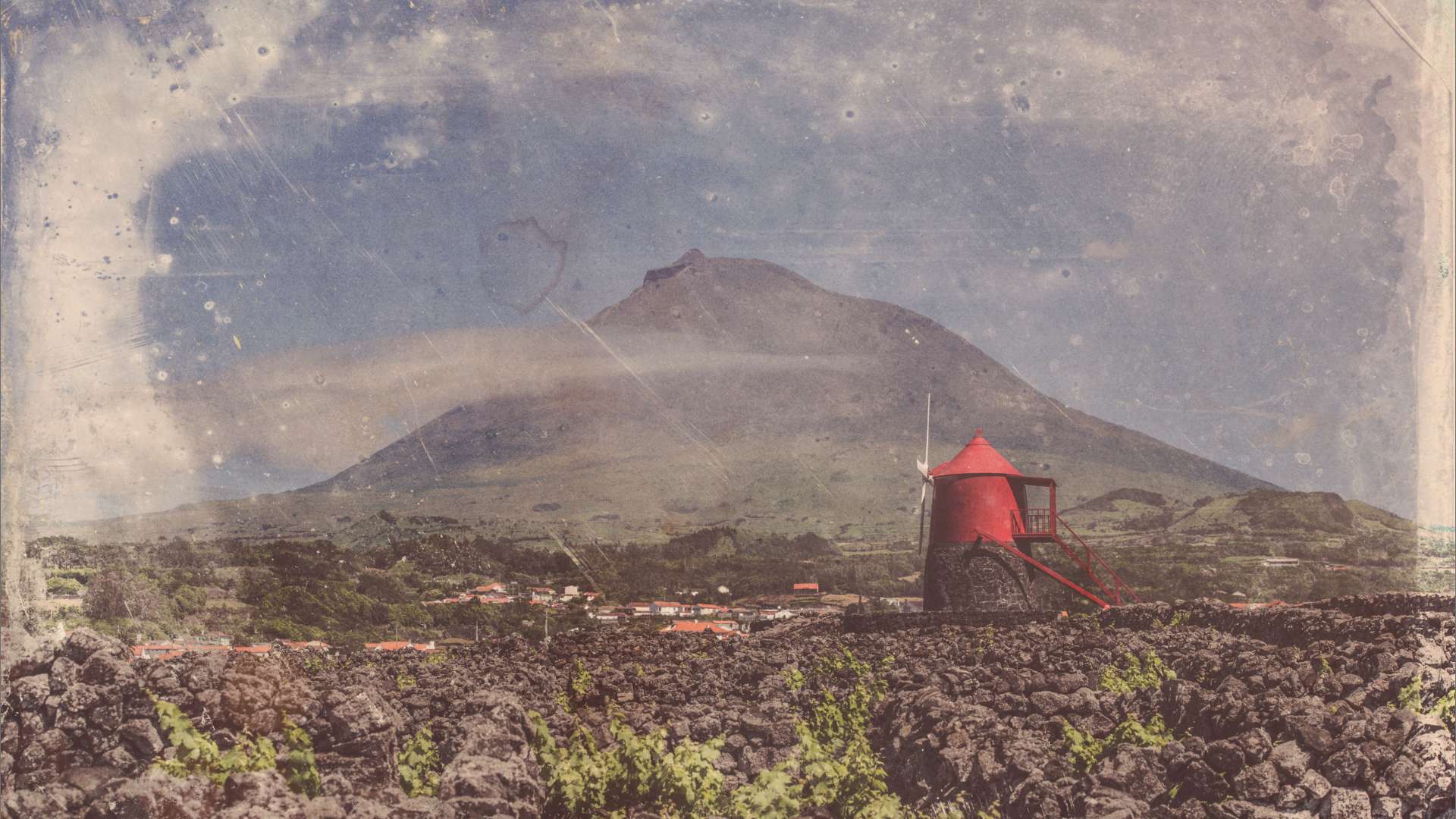
It was in 2009 that Czar aroused greater curiosity, being on the right path for a wine from a small island, from a small archipelago in the middle of the Atlantic, to become an icon in the world of wines.
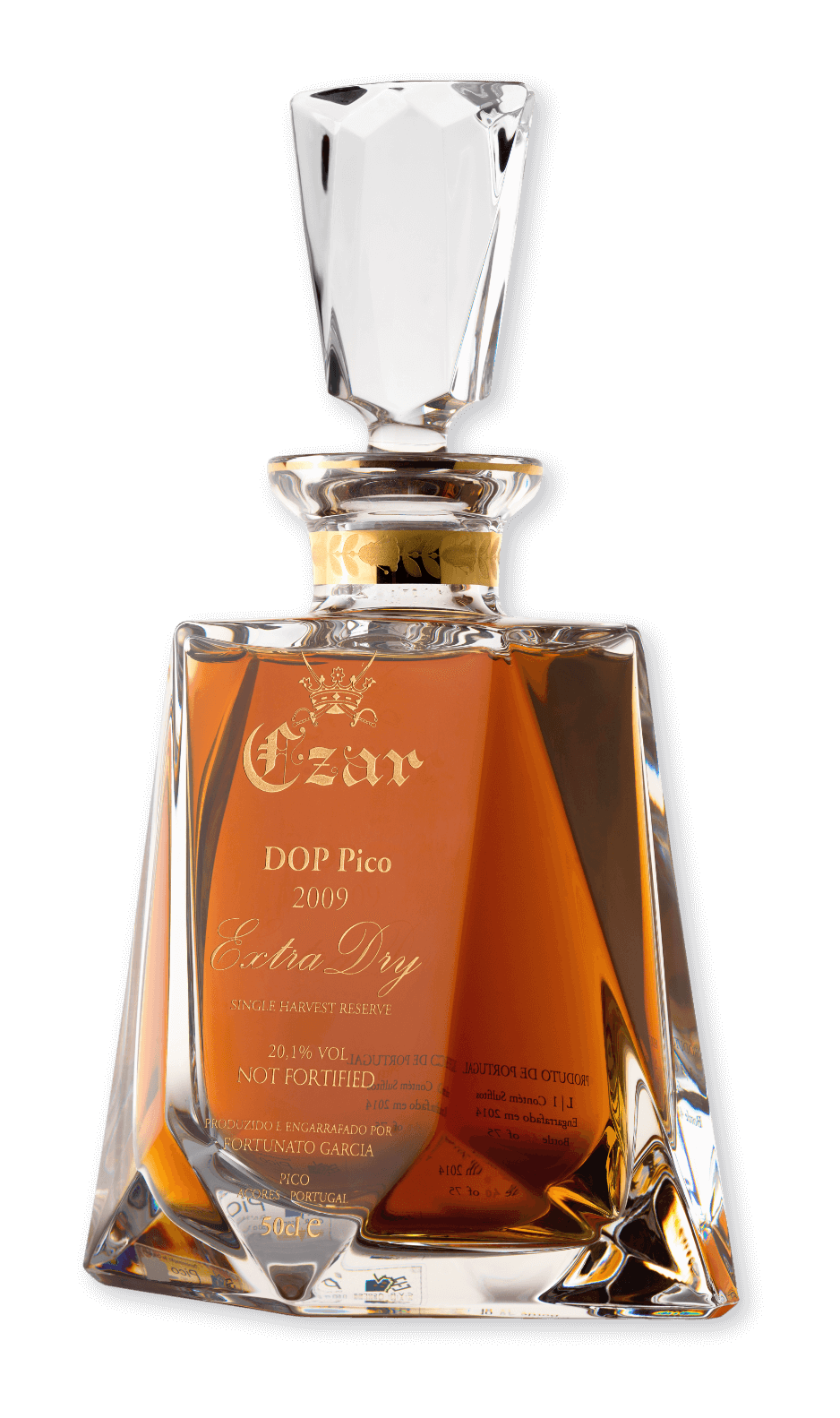
"The wine production in Pico dates back almost 600 years of history, on soil that was a victim of the lava activity of Pico Mountain, revealing itself as an unsuitable soil for the cultivation of cereals, but excellent for vineyards. This nectar from an island in the middle of the Atlantic became famous and traveled to the four corners of the world, reaching the most important tables in Europe and beyond.
There are several mentions of the ""passado"" wine from Pico having been served at the tables of Popes, Emperors, and Tsars, coveted by the richest men in the world."
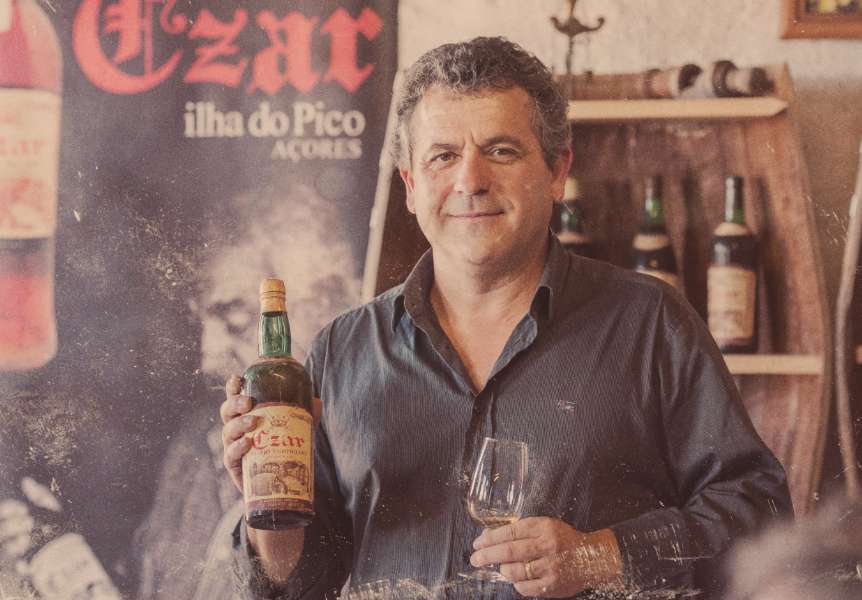
The fact that production is small and of unpredictable quality means that the required level is not always attained in order to become a Czar. This was never a reason to give up or change the process, but rather an incentive for improvement. In the early years of Czar production, the wine was ready to be consumed just a year after harvest. After three years of aging, there was a substantial improvement in its quality. Today, it is only bottled eight years after harvest, at the peak of its aging, thus affirming the Czar’s excellence in quality, and becoming a world-renowned wine.
